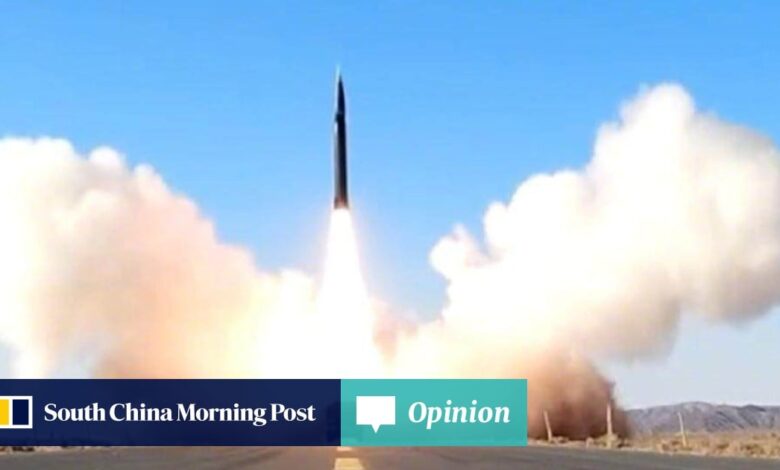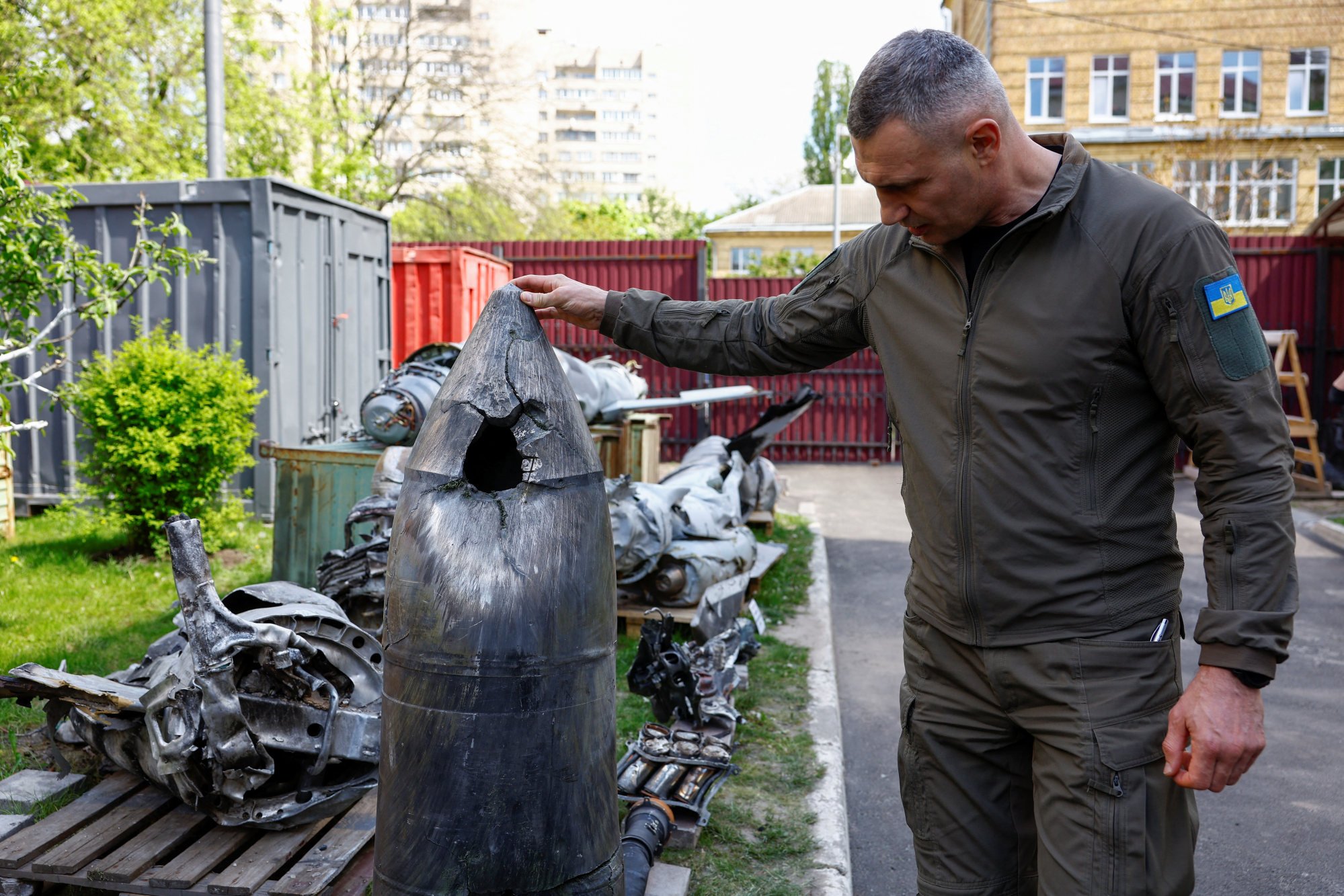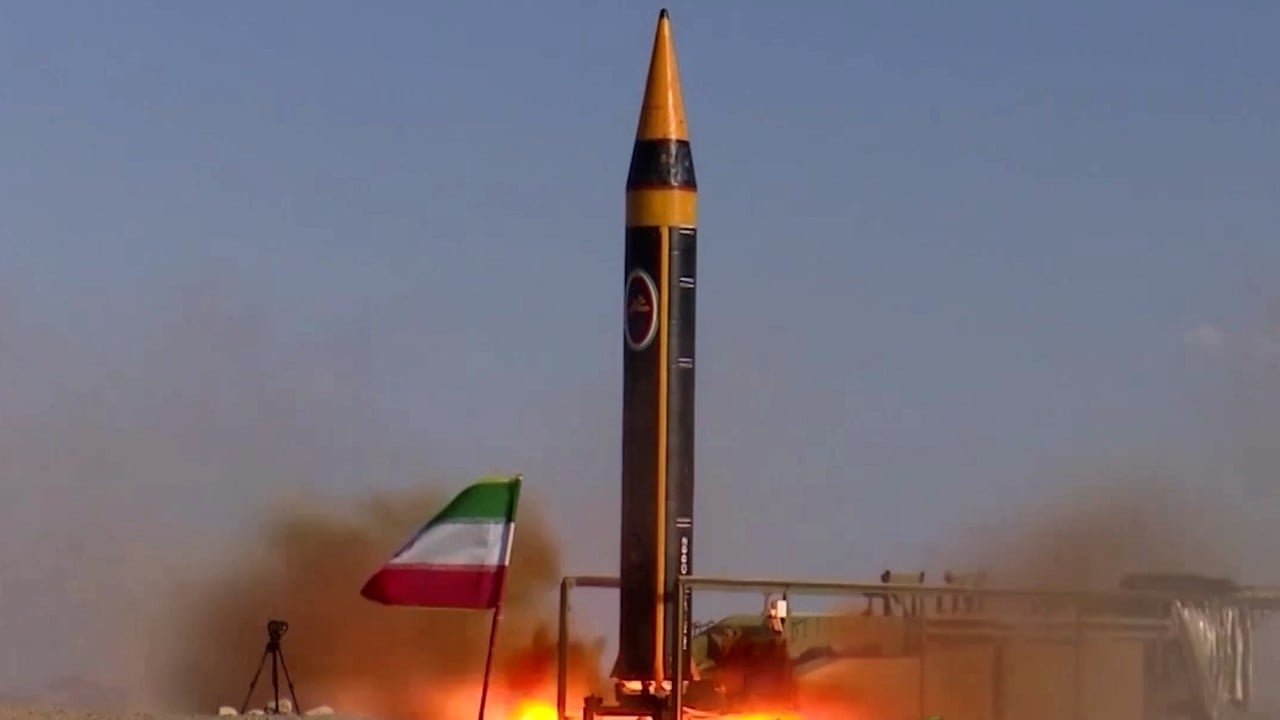Opinion: As Russia, China and the US pursue hypersonic missiles, a global non-proliferation treaty is needed

[ad_1]
It is worth noting that the term “hypersonic” is often used misleadingly to imply a more advanced level of technology than is actually present in a weapon. Hypersonic speed is defined as five times the speed of sound – Mach 5 – or faster. But this is an inadequate description of hypersonic missiles, as ballistic missiles can also achieve hypersonic speeds on re-entry but have a predictable flight path.
True hypersonic missiles, however, are weapons that can manoeuvre and maintain these incredible speeds.
Russia’s Kinzhal missiles do not fall into either category. While the missiles do reach speeds above Mach 5, they lack manoeuvrability. Experts have described the Kinzhal as a modified ballistic missile, and do not consider it a true hypersonic missile.

No anti-missile system can effectively intercept hypersonic missiles in their terminal phase, that is, when they are hurtling from the atmosphere towards their target, given their extreme manoeuvrability at hypersonic speed. It is this advantage which makes them attractive to countries like the United States, China and Russia.
In terms of operations, China’s DF-ZF hypersonic glide vehicle entered service in 2020 after multiple tests since 2014 and is considered the country’s most mature hypersonic missile. China has also operationalised its medium-range DF-17 ballistic missile, which the DF-ZF vehicle can be mounted on. The DF-17 is crucial in China’s strategy to counter perceived threats in the East and South China seas.
The growing pursuit of hypersonic missiles presents a risk of escalation as a new arms race emerges. These missiles potentially alter the strategic balance. For instance, they require only a very short flight time to reach their target, which leaves little time for adversaries to decide how to respond, and this leads to an increased risk of miscalculation.
World peace requires dialogue rather than a hypersonic arms race
World peace requires dialogue rather than a hypersonic arms race
This technology is likely to mature in about a decade – which suggests there is not that much time to prevent the proliferation of hypersonic missiles. There is little doubt that the US, China and Russia will not give up development, especially after their massive investments.
Thus, efforts towards hypersonic missile non-proliferation are essential. The weapons technology and knowledge may be restricted to specific states now but it will eventually become difficult to limit its diffusion. History shows that major powers tend to become concerned enough to begin curbing destructive military technologies only after their proliferation.
The leading countries in the emerging hypersonic missile race must learn from the past and agree to establish mechanisms to limit proliferation. They can begin by exercising unilateral restraint to prevent the spread of hypersonic missile technology. And, considering the pace at which governments typically operate, it would be prudent to kick-start discussions about a non-proliferation framework – before it’s too late.
Ahmad Ali is a researcher at the Strategic Vision Institute, a think tank based in Islamabad, Pakistan. He tweets at @AhmadAliHaral
[ad_2]
Source link







